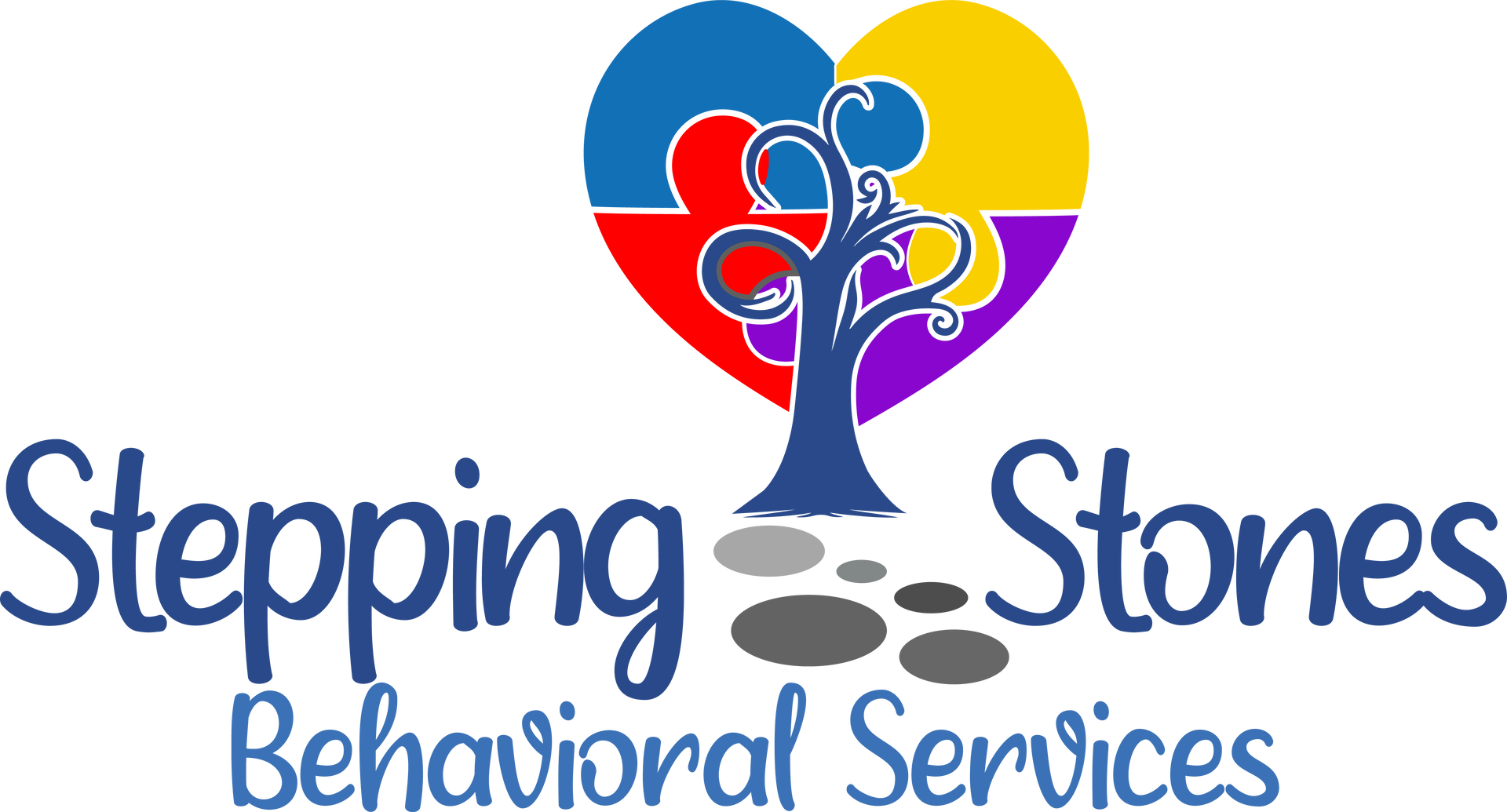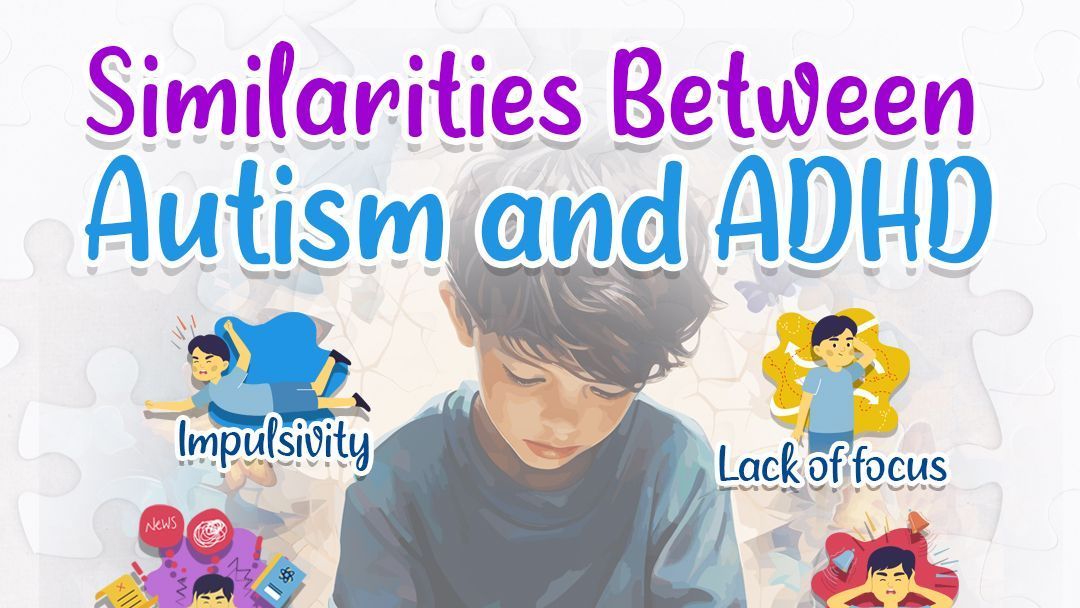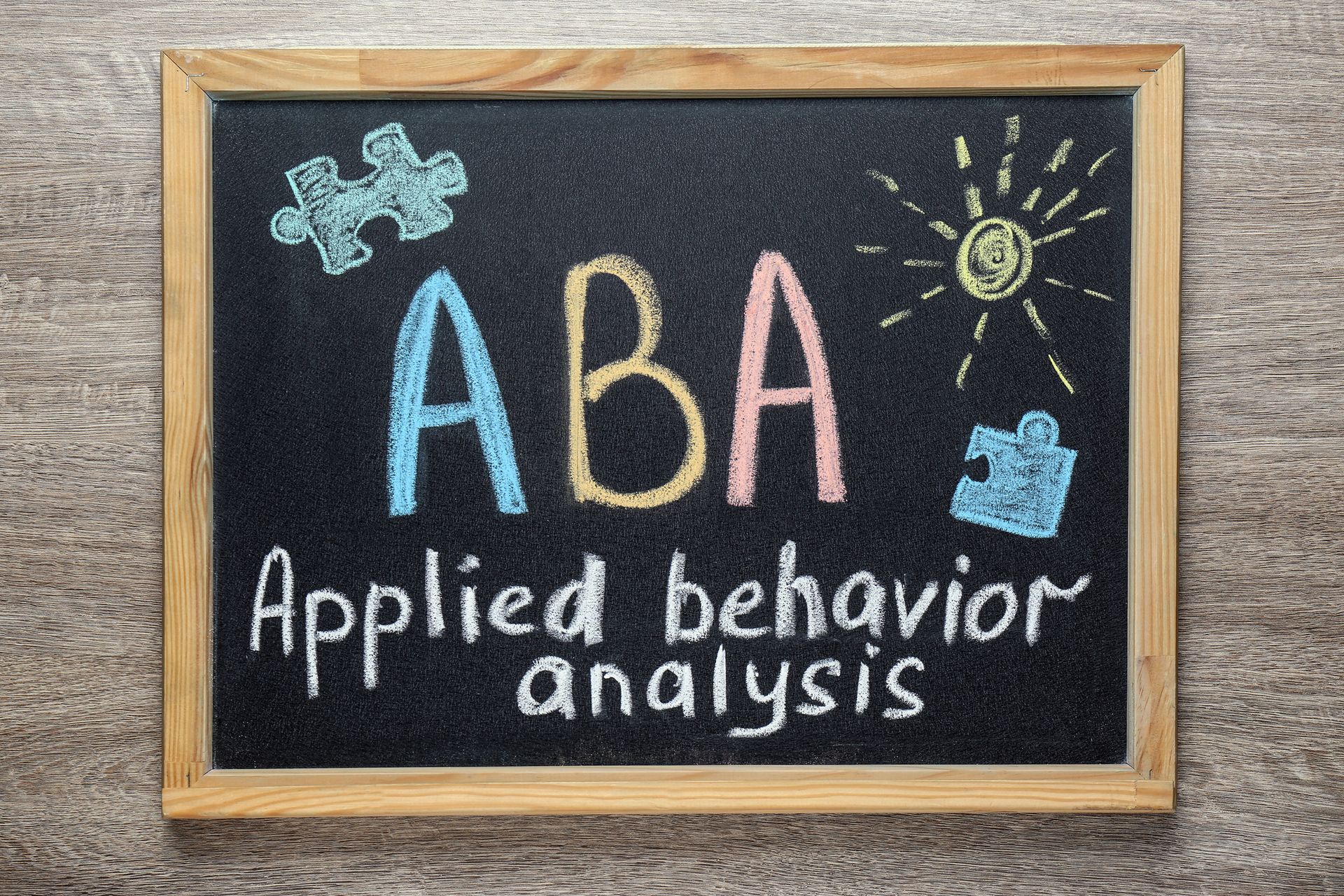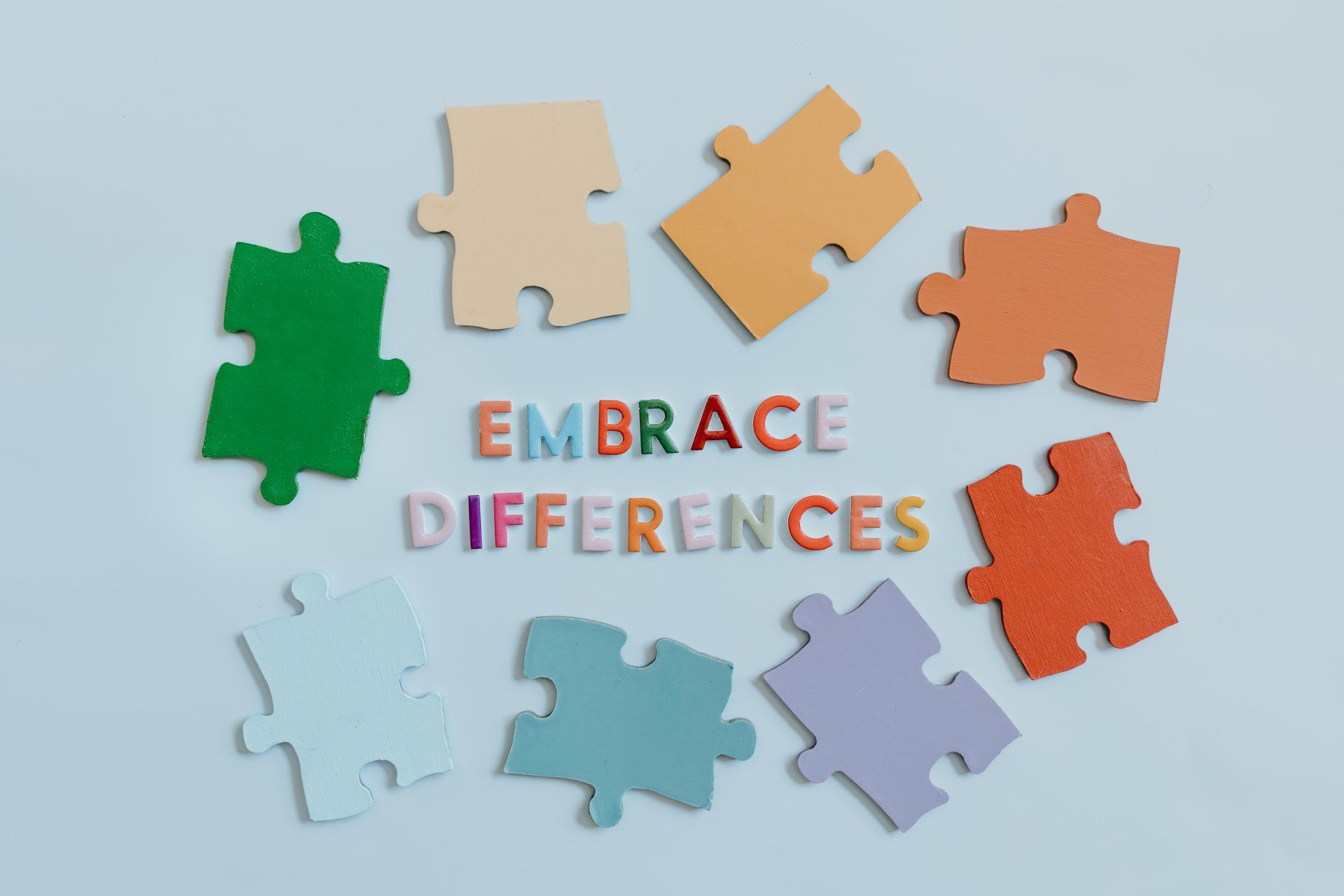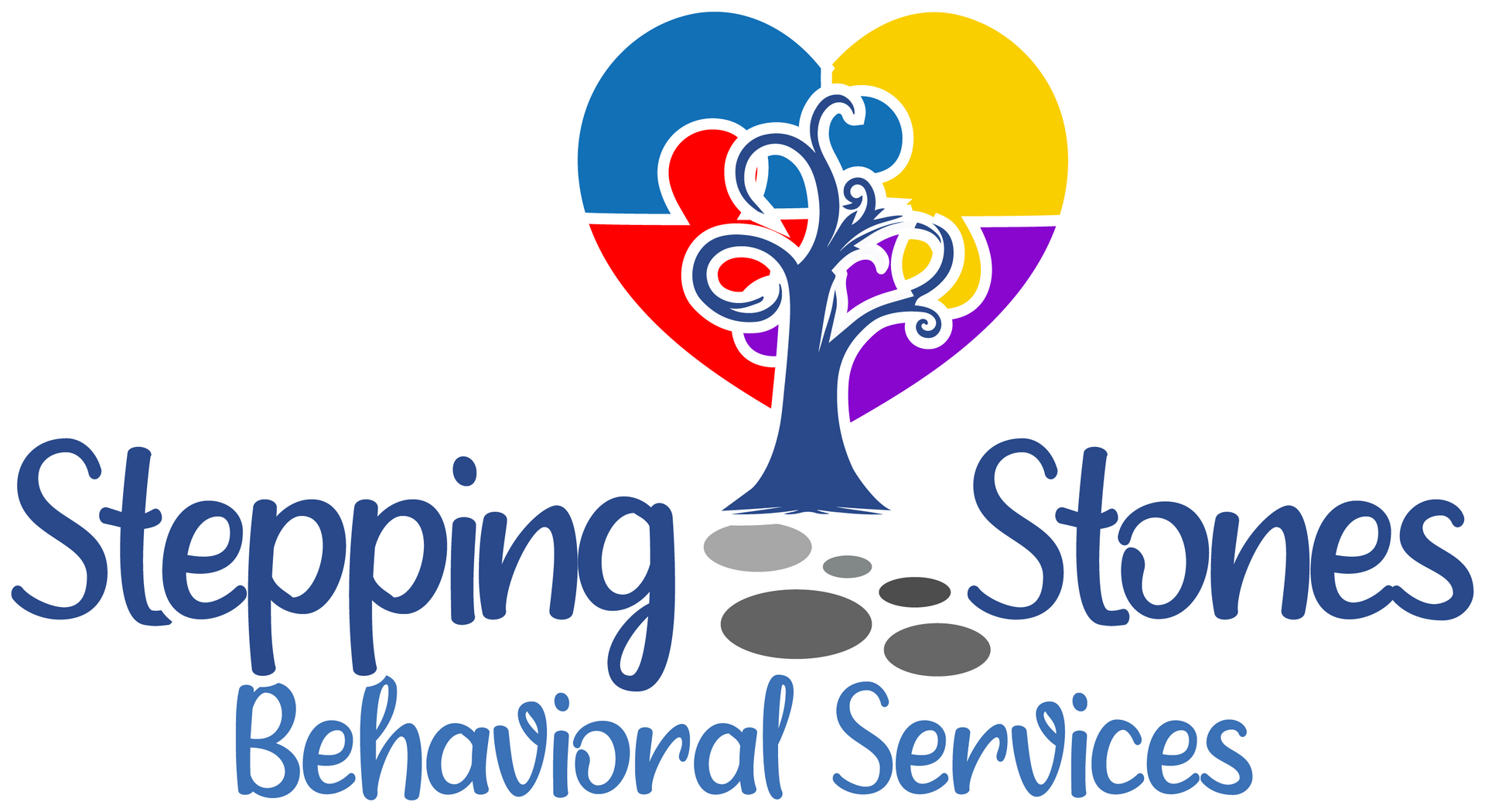
Now accepting new clients
Blog

By Reina Valdez
•
September 26, 2024
At Stepping Stones Behavioral Services, we believe in a collaborative approach to support every child's unique needs. By integrating ABA therapy with other therapies like occupational therapy, speech therapy, and physical therapy, we create a comprehensive support system that enhances overall development.

By Reina Valdez
•
August 31, 2024
When starting ABA therapy, a BCBA conducts an initial assessment to create a personalized behavior plan tailored to your child’s needs 📝. An RBT then implements the plan through structured sessions, beginning with pairing to build a positive relationship with your child 🤝. You may initially see an increase in certain behaviors as your child adjusts 🔄. Caregiver involvement is essential, with regular meetings and training to ensure consistency at home 👨👩👧👦. Ongoing monitoring and data collection 📊 help adjust goals as progress is made, ensuring therapy evolves with your child's development 🌱.

By Reina Valdez
•
May 30, 2024
What is Autism? Autism Spectrum Disorder (ASD), is a developmental condition that affects someone's ability to express themselves, learn, and behave. Children with autism often have difficulties with social interactions, communication, and may have specific behaviors or interests that are repetitive or intense. Some might be very sensitive to sounds, lights, or textures. Each individual with autism is unique and may have different strengths and challenges. Autism is called a "spectrum" disorder because the symptoms and severity can vary widely from person to person. Common Symptoms of Autism Recognizing the signs of autism early can lead to more effective interventions. Here are some common symptoms to look out for: Social Communication Challenges Difficulty understanding or responding to social cues Limited eye contact or facial expressions Challenges in developing and maintaining relationships Preference for solitary play or activities Repetitive Behaviors and Routines Repetitive movements (e.g., hand-flapping, rocking) Insistence on sameness and routines Intense interest in specific topics or activities Sensory sensitivities (e.g., aversion to certain sounds, textures, or lights) Communication Difficulties Delayed speech and language skills Trouble starting or maintaining conversations Unusual speech patterns (e.g., echolalia, where the person repeats words or phrases) The Autism Diagnosis Process Getting an autism diagnosis involves several steps and the collaboration of various professionals. Here's what you can expect: 1. Initial Concerns Parents, caregivers, or teachers may notice developmental differences or behavioral concerns and bring them to the attention of a healthcare provider. 2. Screening A pediatrician or primary care doctor may use screening tools, such as questionnaires or checklists, to assess the child's development. If concerns are identified, a referral to a specialist will be made. 3. Comprehensive Evaluation A team of specialists, including a developmental pediatrician, psychologist, and speech-language pathologist, will conduct a detailed evaluation. This may include: Observations of the child in different settings Standardized tests and assessments Interviews with parents and caregivers about the child's development and behavior 4. Diagnosis Based on the evaluation, the team will determine if the child meets the criteria for an autism diagnosis as defined in the Diagnostic and Statistical Manual of Mental Disorders (DSM-5). 5. Post-Diagnosis Support After a diagnosis, the team will provide recommendations for interventions and supports tailored to the child's needs. This may include therapies, educational plans, and family support services. Ways to Improve Outcomes for Individuals with Autism Early intervention and tailored support can significantly improve outcomes for individuals with autism. Here are some effective strategies: 1. Behavioral Therapy Applied Behavior Analysis (ABA) is a widely used therapy that focuses on improving specific behaviors, such as social skills, communication, and learning skills. 2. Speech and Language Therapy Speech therapists can help individuals with autism improve their communication skills, whether through verbal speech or alternative communication methods like sign language or communication devices. 3. Occupational Therapy Occupational therapists assist individuals with autism in developing daily living skills, improving fine motor skills, and managing sensory sensitivities. 4. Educational Support Individualized Education Programs (IEPs) are designed to meet the unique learning needs of students with autism, providing accommodations and specialized instruction. 5. Social Skills Training Social skills groups or one-on-one coaching can help individuals with autism learn how to interact more effectively with peers and navigate social situations.

By Reina Valdez
•
April 30, 2024
Managing challenging behaviors in children, such as tantrums, elopement, aggression, and repetitive behaviors, can be daunting for parents and caregivers. Applied Behavior Analysis (ABA) offers effective strategies to address these behaviors by understanding their functions and implementing structured interventions.
Stepping Stones Behavioral Services is a small business dedicated to making a meaningful impact on behavior through the principles of Applied Behavior Analysis (ABA). For families embarking on ABA therapy, it’s crucial to understand that the effectiveness of the intervention correlates with the level of commitment and engagement. ABA therapy is not a cure for Autism (ASD) or other developmental condition. Instead, our goal is to facilitate the growth and development of each child in accordance with their unique needs and strengths. We trust consistency, patience, and time to produce meaningful and lasting changes in behavior.
Useful Links
© 2025
All rights reserved | Stepping Stones Behavioral Services Inc.
Powered by Altech Web Design


